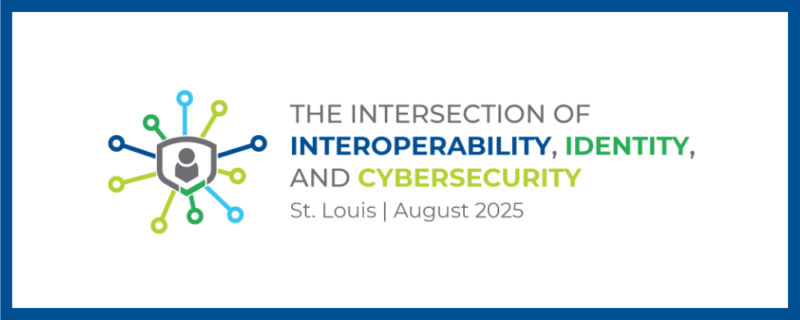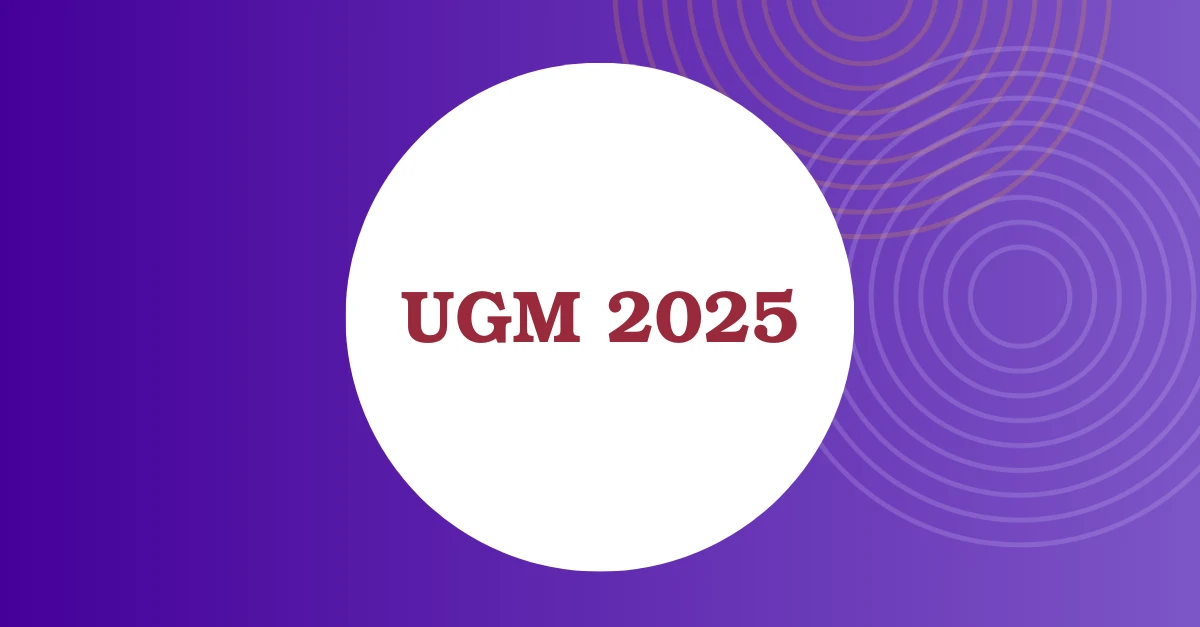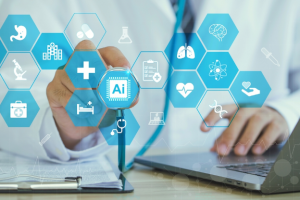Formal academic studies about the implementation of clinical decision support (CDS) and computerized provider order entry (CPOE) are generally positive, according to a study of studies targeting the meaningful use of EHRs and associated technologies. The report, published in the Annals of Internal Medicine, found that for the most part, health IT implementations were successful in reducing adverse events and increasing efficient and effective processes of care. However, many key aspects of IT adoption have been underreported, including the reasons why implementations go awry, leading to significant gaps in the ability to study the industry’s progress.
Funded by the ONC, the research team found that at least 78% of studies focused on medication safety found positive effects from CPOE use. The automated dose calculation features of the software helped reduce dosage errors anywhere between 37% and 80%.
Fifty-eight of the articles reviewed by the researchers addressed efficiency questions, and found that health IT was able to reduce costs in 85% of cases, even though a large number of studies also reported increased time and effort spent on electronic documentation. Clinical decision support was associated with a 30% increase in adherence to infection prevention guidelines in one study, and a “substantial decline” in venous thromboembolism for patients in another.
Overall, positive findings from CDS and CPOE projects included shorter emergency department turnaround times, more time for clinicians to interact with patients, and better chronic disease management. However, when individual studies reported negative or mixed findings, there were few clues in the literature as to why the problems manifested themselves or how to correct them.
“Although the health IT evaluation literature base is expanding rapidly, we are concerned that there has not been a commensurate increase in our understanding of the effect of health IT or how it can be used to improve health and health care,” the researchers say. “Study questions, research methods, and reporting of study details have not sufficiently adapted to meet the needs of clinicians, health care administrators, and health policymakers and are falling short of addressing the future needs of the health care system.”
Due to the chronically slow pace of academic research, data from the early years of the EHR Incentive Programs and the first generations of clinical technologies are still in the pipeline for publication. It may only take a matter of months for a hospital or physician practice to embrace or dismiss a new technology, and they may move on to a new suite without thoroughly dissecting the reasons behind the switch. This can frustrate academics that rely on voluntarily reported data, and can stymie efforts to assemble an appropriate picture of health IT quality and value.
“This phenomenon of underreporting may be partially explained by the fact that early studies of health IT functionalities were trying to determine only whether a particular health IT functionality created value and to what extent,” the study concludes. “This was perhaps the most important research question when health IT was a novel phenomenon because it led to a demonstration of the potential of the new technology. With the increasing adoption of EHRs and other forms of health IT, it is no longer sufficient to ask whether health IT creates value; going forward, the most useful studies will help us understand how to realize value from health IT.” Source



























